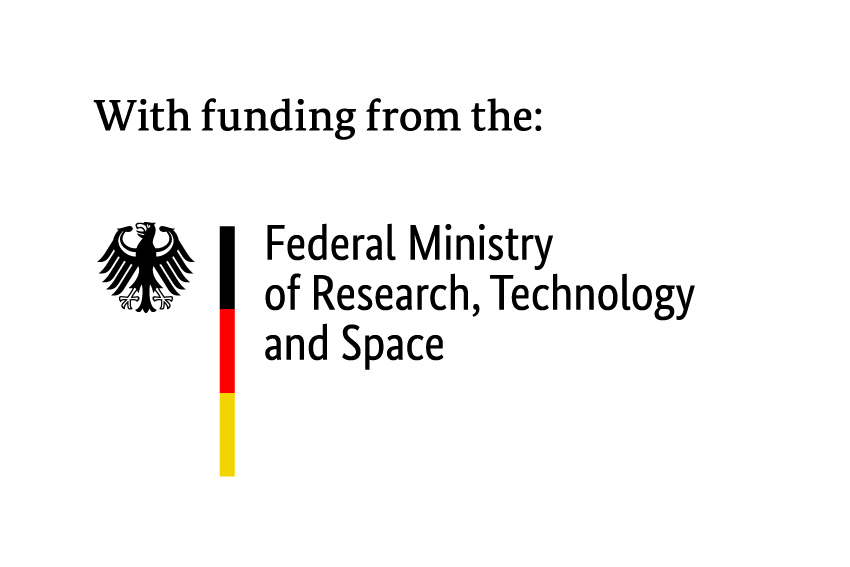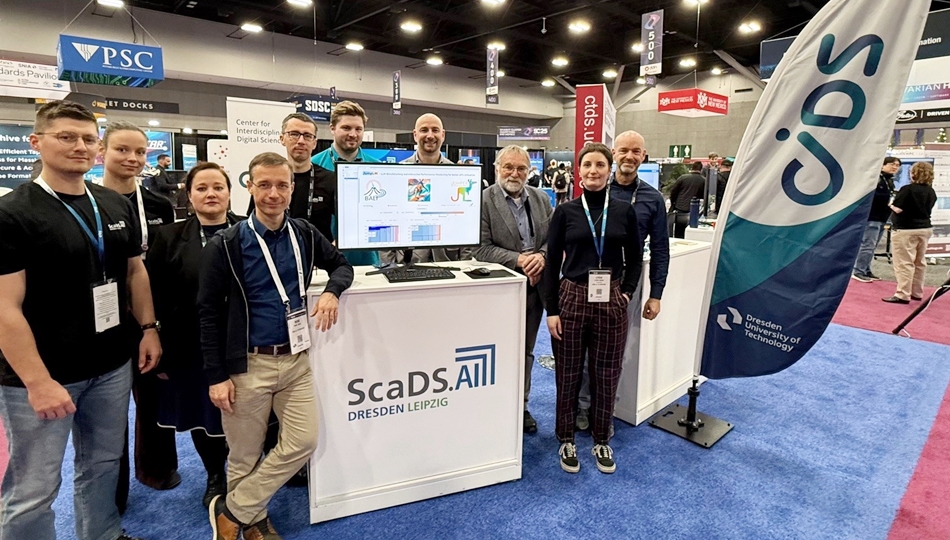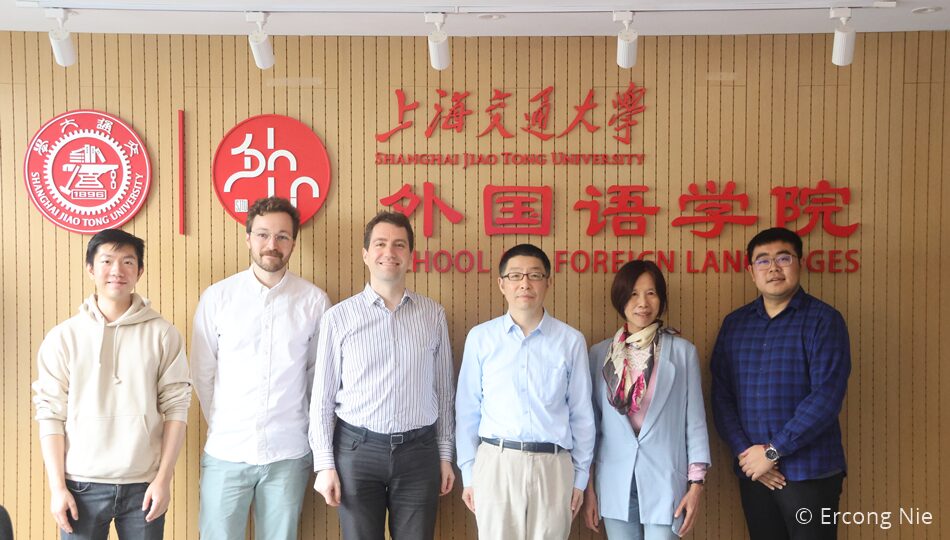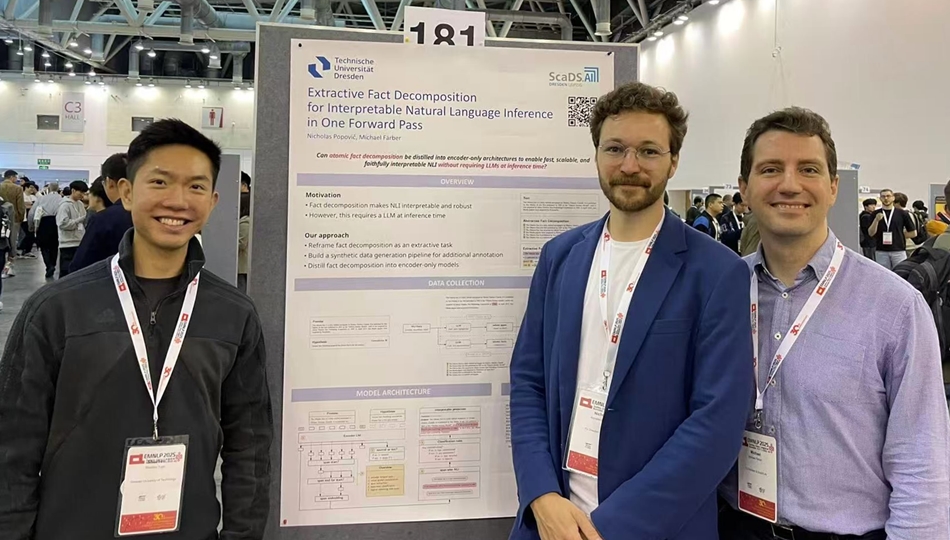
February 18, 2025
How much do AI models achieve in medical drug development?

Original Press release by Peggy Darius (Leipzig University) from 14.02.2025
An interdisciplinary team of researchers from Leipzig University and the national AI Centre ScaDS.AI Dresden/Leipzig has developed a new approach that combines methods of artificial intelligence (AI) and biophysical modelling. This new approach can be used to develop new compounds such as antibodies and vaccines, for example, to prevent pandemics. The research project, in collaboration with Vanderbilt University, Nashville, USA, is the result of intensive preliminary work on computer-aided drug design. It aims to combine the strengths of AI and biophysics to better address the challenges of protein design. The researchers now published a new study in the journal Science Advances.
Researchers Call for Standardization in AI-Driven Protein Design
The current research landscape in the field of computer-aided protein design is a veritable gold rush, with many new methods being published without experimental validation. This often leads to inaccurate assessments of the performance of AI models. “We urgently need standards for the description and availability of such models.” (Prof Dr Clara Schoeder, research group leader at the Institute of Drug Discovery). “Our research is an important contribution to this goal.” The results of the current study show that AI methods are particularly good at suggesting sequences that do not interfere with the folding of proteins. However, they have difficulty in accurately assessing the effects of individual amino acid changes on folding.
“Our results make it clear that no AI model or biophysical method is ideally suited for all design problems. In the future, we will have to carefully consider which model to use for which purpose. Our work is a first step towards greater comparability between the different methods.” (Humboldt Professor Dr Jens Meiler, Director of the Institute for Drug Design).
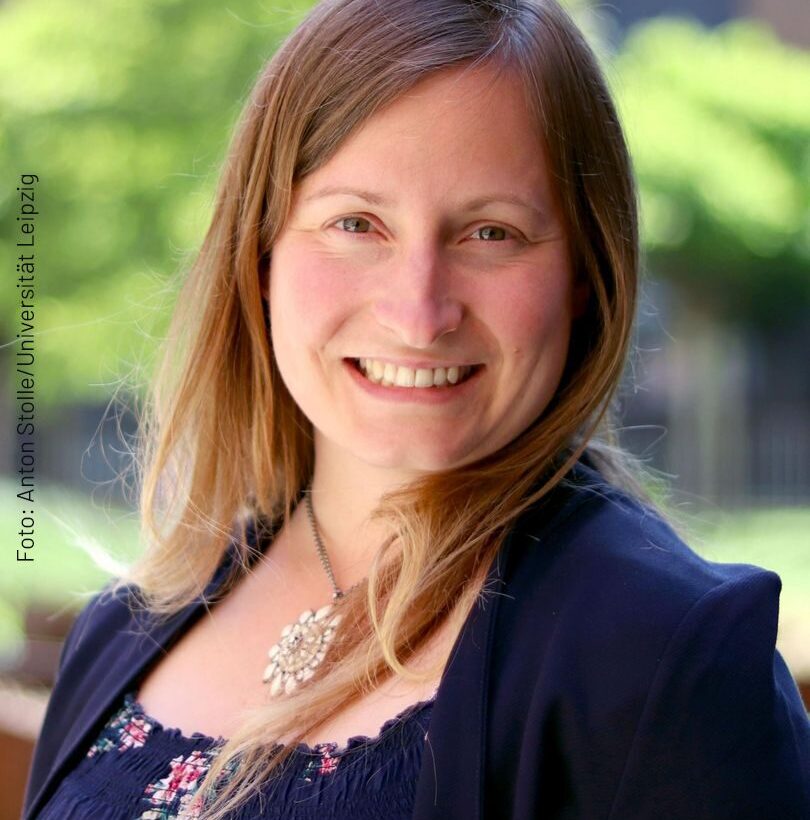

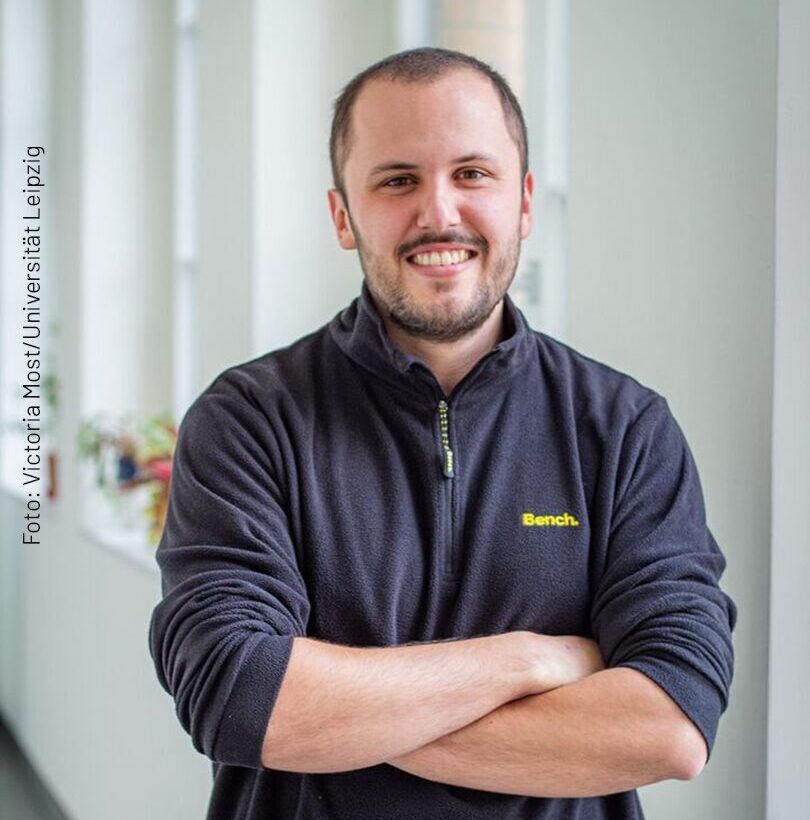
Integrating AI Models with Conventional Methods
The Rosetta biophysical software suite provides a framework for integrating different AI methods. It has been used in protein research for many years and is supported by over 100 laboratories worldwide. It allows researchers to efficiently combine different approaches – such as large language models (e.g. ESM-2) and the ProteinMPNN model – with biophysical methods. This combination allows researchers to compare and analyze the different behaviors of design approaches. “With this development, we can quickly and easily combine AI models with conventional methods and use them side by side. This greatly simplifies our work and allows us to make optimal use of the entire infrastructure that has been developed in Rosetta over the last 20 years.” (Prof Dr Jens Meiler)
ScaDS.AI and the Future of AI-Assisted Protein Design
However, the research project is not yet complete. Meiler’s and Schoeder’s research groups will continue to refine and experimentally evaluate the developed algorithms. Particularly with regard to vaccine design for pandemic prevention. “We are investigating which methods reliably suggest amino acid changes that could lead to vaccine candidates.” (Prof Dr Clara Schoeder). Despite the progress made through the use of AI, the so-called “scoring problem” remains a challenge. This refers to the difficulty of predicting the effect of a single amino acid change. In collaboration with ScaDS.AI, the research team is optimistic that the combination of AI and biophysical methods will not only increase the efficiency of protein design.
Original publication in Science Advances:
